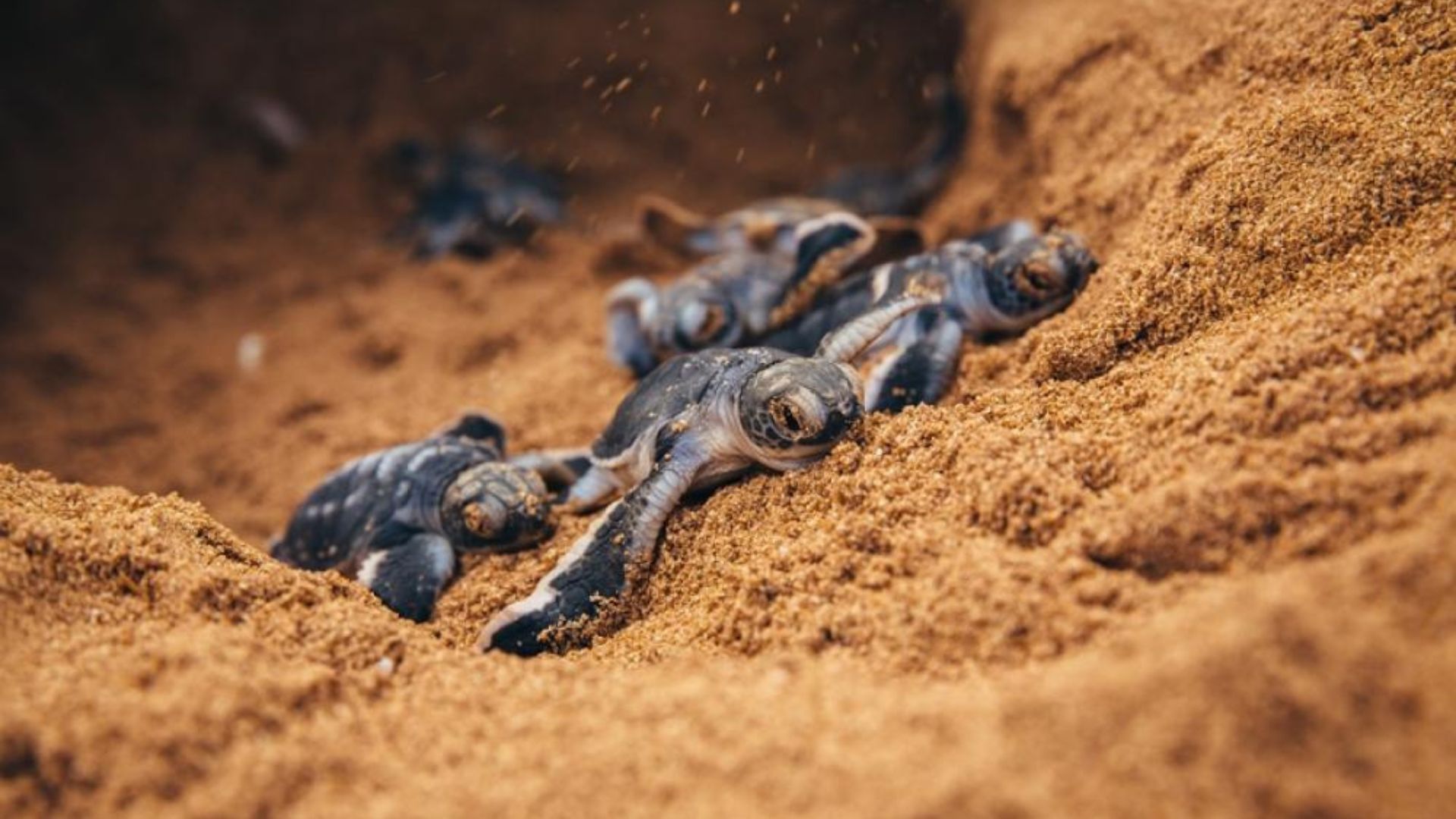Climate change is no longer a distant threat; it’s a reality impacting our planet and the incredible creatures that call it home. The Earth’s rising temperatures, shifting weather patterns, and melting ice caps are having a profound impact on climate change on wildlife. From the frigid Arctic to the lush rainforests, animals are struggling to adapt to a rapidly changing environment.

Habitat Loss
Disrupted Food Chains
Climate change throws a wrench into the delicate balance of nature. As temperatures rise, plant and animal life cycles get disrupted. Earlier springs and later autumns can leave some animals with food shortages or force them to migrate at different times, impacting the entire food chain. Imagine a world where prey animals migrate earlier than their predators can adapt, leaving the predators struggling to find food. This disruption of food chains due to the impact of climate change on wildlife can have cascading effects throughout ecosystems.
Extreme Weather Events
The rise in extreme weather events like heat waves, droughts, floods, and wildfires is another major threat to wildlife. These events can devastate entire habitats, leaving animals displaced, injured, or even killed. Imagine a powerful hurricane destroying a bird’s nesting ground or a scorching heatwave drying up a watering hole that animals rely on – these are just some examples of how extreme weather events caused by climate change endanger wildlife.
Adaptation or Extinction
Some animals may be able to adapt to the changing climate. Species with wider ranges or those that can tolerate a broader range of temperatures might be more likely to survive. However, many animals simply won’t be able to adapt quickly enough. The impact of climate change on wildlife is pushing some species towards extinction, forever altering the delicate balance of our planet’s ecosystems.
What Can We Do?
The situation seems bleak, but there is still hope. By reducing our reliance on fossil fuels and transitioning to renewable energy sources, we can slow down climate change. Protecting existing habitats, creating wildlife corridors, and supporting conservation efforts can all help animals adapt to the changing environment. Even small changes in our daily lives, like reducing our carbon footprint, can make a difference.
Final Thoughts
The impact of climate change on wildlife is a serious issue, but it’s not one we can’t address. By working together, we can create a future where both humans and wildlife can thrive on a healthy planet. Remember, every action, big or small, counts in creating a better future for the creatures we share this world with.
